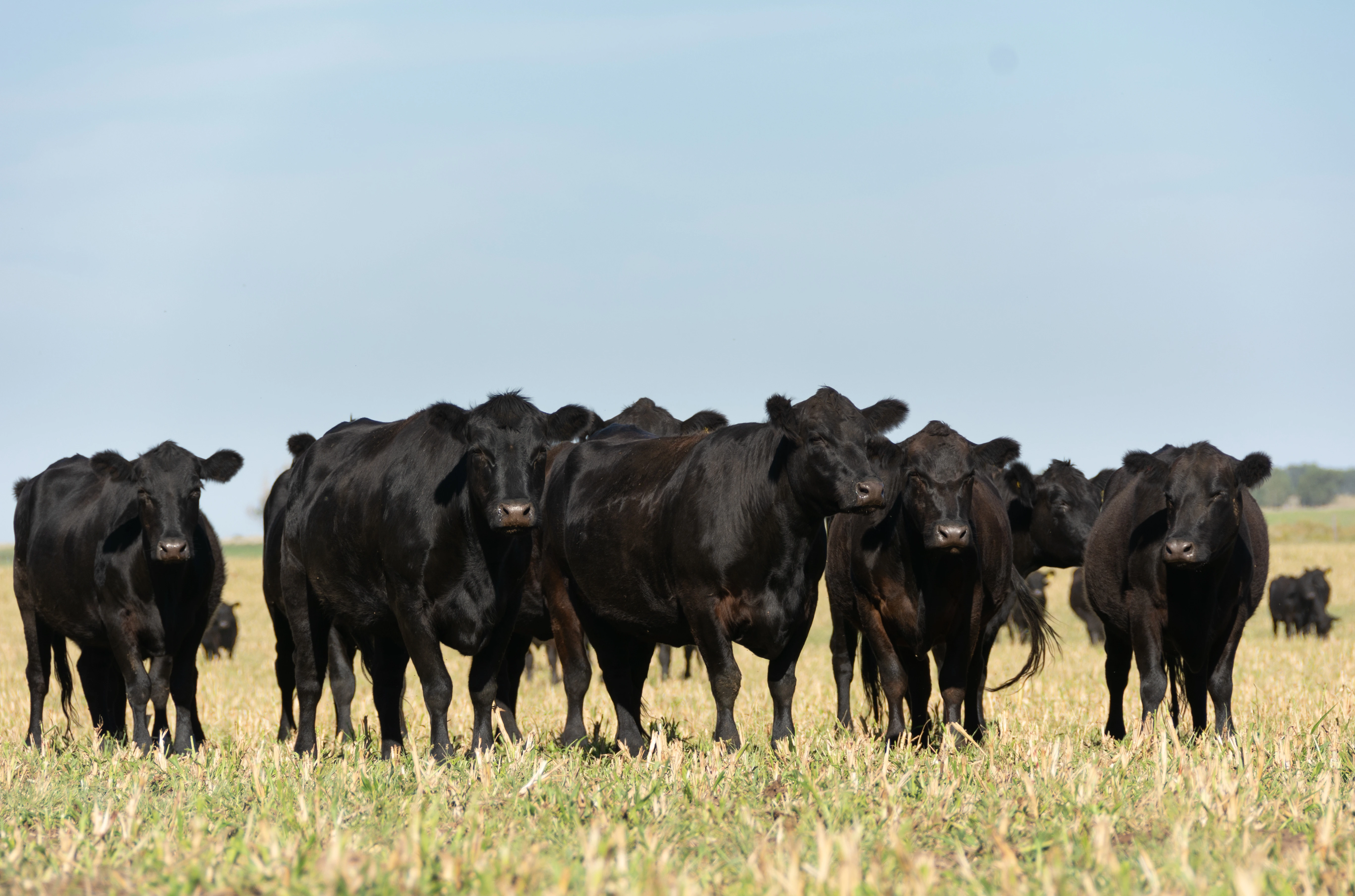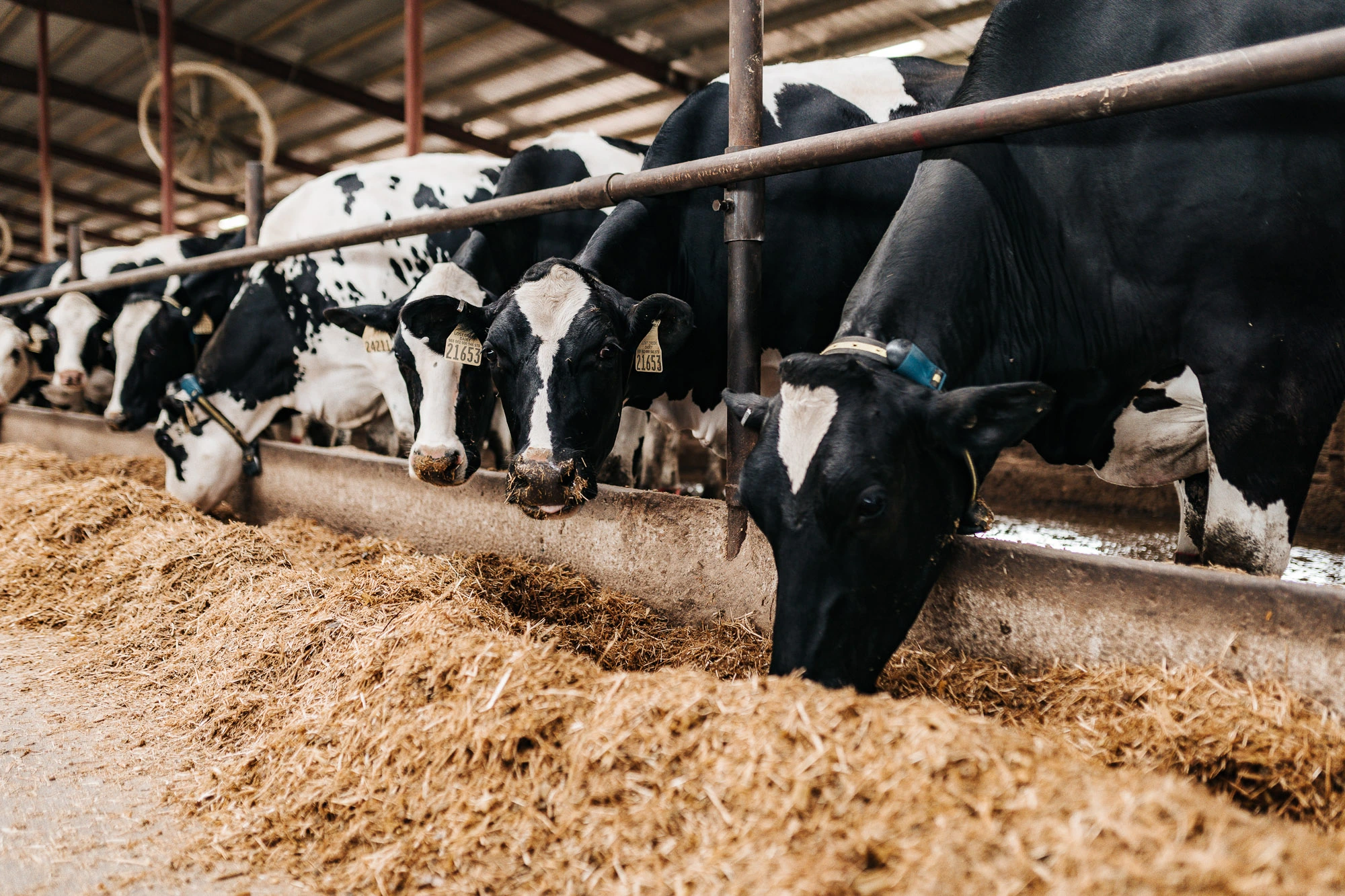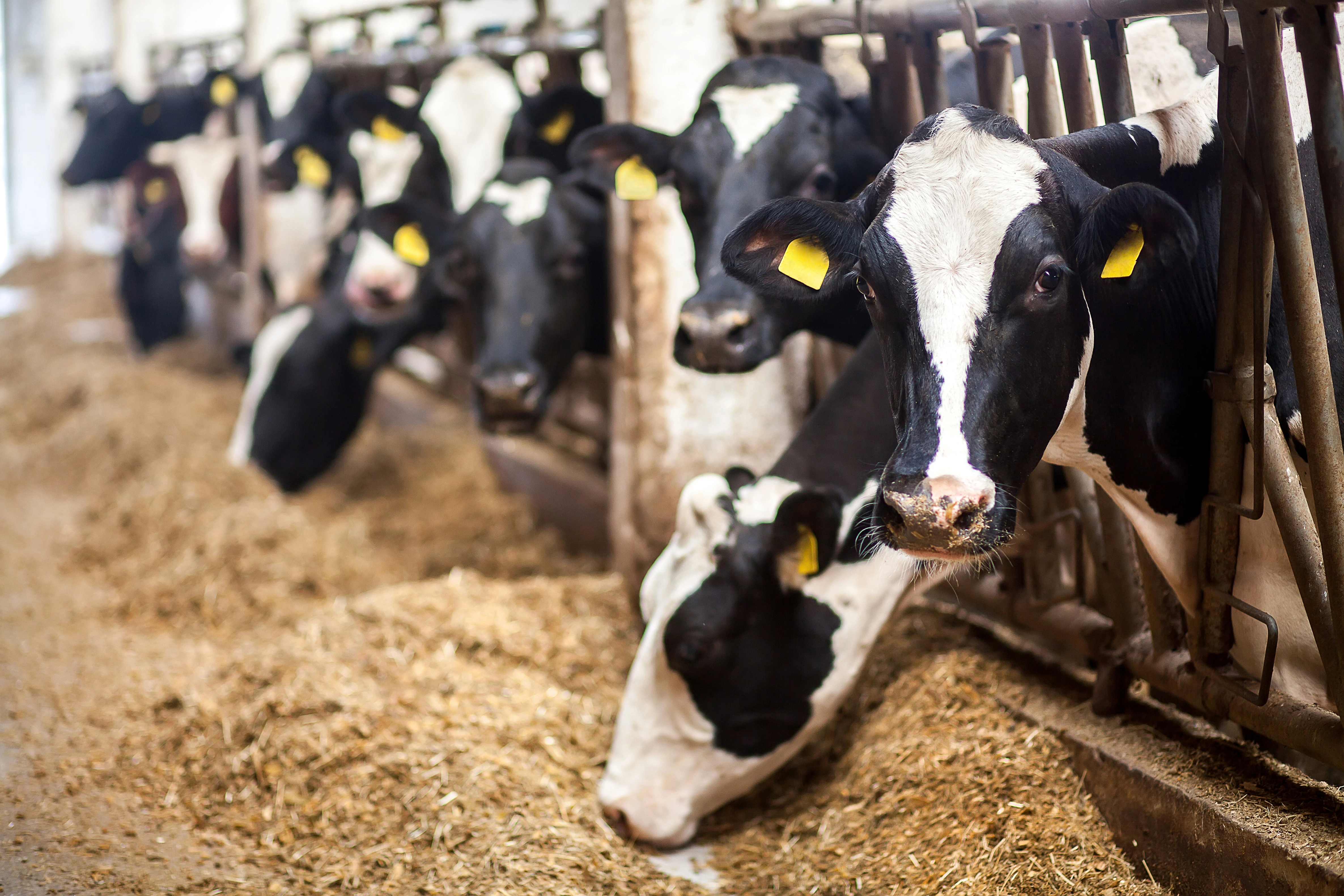
By Dr. Greg Goodell, DVM, The Dairy Authority, LLC
You may think Johne’s disease is only a problem for the dairy down the road from you. But if you have a beef cow-calf herd, your business is just as vulnerable to the disease as theirs.
In fact, field impressions currently are indicating an uptick in beef herds struggling with Johne’s disease. This may be attributed to a truly higher incidence of the disease, greater awareness of it, or both.
Johne’s is caused by a bacterium that can infect all ruminants. It sets up shop in the digestive tract – specifically the lower intestine – where over time it produces lesions that cause inflammation and impaired absorption of nutrients. It essentially causes malnutrition in older cows that have been harboring it for many years. They may exhibit:
- Weight loss, which occurs even when cows are adequately fed and have good appetites.
- Chronic diarrhea, which often worsens over time and may include mucus and undigested feed particles.
- Rough haircoat and generally sickly appearance.
- Reduced milk production, which usually presents itself via sub-par growth and weaning weights of calves.
- Impaired fertility and reproductive performance.
- Poor immunity and greater susceptibility to other disease challenges.
The average beef cow in the U.S. lives 8-12 years -- about twice as long as the average dairy cow. This opens the door for Johne’s disease to affect beef herds more severely over the long haul, because the disease tends to become more clinically active and damaging as cattle age. In the meantime, they can spread the disease for years before they exhibit any clinical signs.
Controlling Johne’s disease in beef herds requires a different approach than dairy. Because it is vertically passed from dam to calf, the cycle of Johne’s transmission can sometimes be broken in dairy systems if calves are removed promptly from the maternity area; fed colostrum from Johne’s-free cows or colostrum replacer; and reared hygienically away from other infected animals.
Typically, it is not realistic to remove beef calves from their dams to be raised in “dairy-style” systems, with the possible exception of very high-end breeding stock. But manure management is a feasible and necessary way to curb the spread of the disease, because the fecal-oral route between infected and naïve animals is the other primary means of infection within a herd. This includes steps such as:
- Maintain scrupulously clean, well-bedded calving areas, and do not calve out multiple cows in the same pen.
- Keep udders clean to prevent ingestion of manure by calves.
- Haul manure from housing areas regularly to remove build-up.
- Do not use the same equipment to handle manure and feed.
- Keep feed and water as manure-free as possible at all times.
- Minimize housing density of cow-calf pairs.
Because older animals tend to shed the Johne’s-causing bacteria more, it is advisable to separate cattle by age groups as much as possible. For example, separate weaned calves from adult animals, and house first-calf heifers away from older cows.
And don’t forget about bulls. They can carry Johne’s disease as well, and often are older than the females they are breeding. Quarantining and testing bulls to ensure they are Johne’s-free is a solid step in keeping the disease in check.
Deer are also ruminants and may carry and spread Johne’s disease to pastured cattle, so controlling those contacts is also advised.
The Dairy Authority offers a wide range of laboratory services that veterinarians and herd managers can utilize to diagnose Johne’s disease in individual animals, and build surveillance protocols for herd-level management. These technologies include fecal culture; PCR of fecal, blood, milk, and tissue samples; and ELISA serological testing.
Armed with these results, strategies can be put in place to stem the expansion of Johne’s disease in a beef herd. For example, severely infected cows may be culled, and heavily infected herds may choose not to retain any replacement heifers from within the herd.
One industry estimate indicates that if 1 cow in a 100-cow beef herd is diagnosed with Johne’s disease, at least 25 other animals in the herd are also infected. The first step in controlling Johne’s disease in beef herds is recognizing and acknowledging its potential presence. From there, practical steps can be taken to diagnose and control it.








